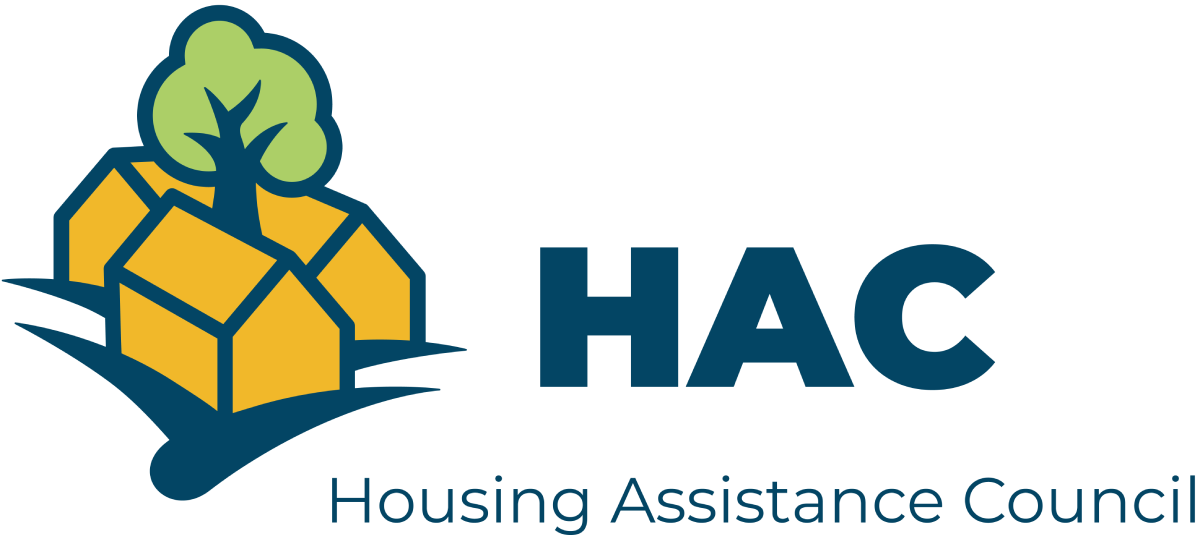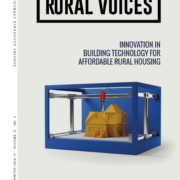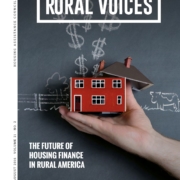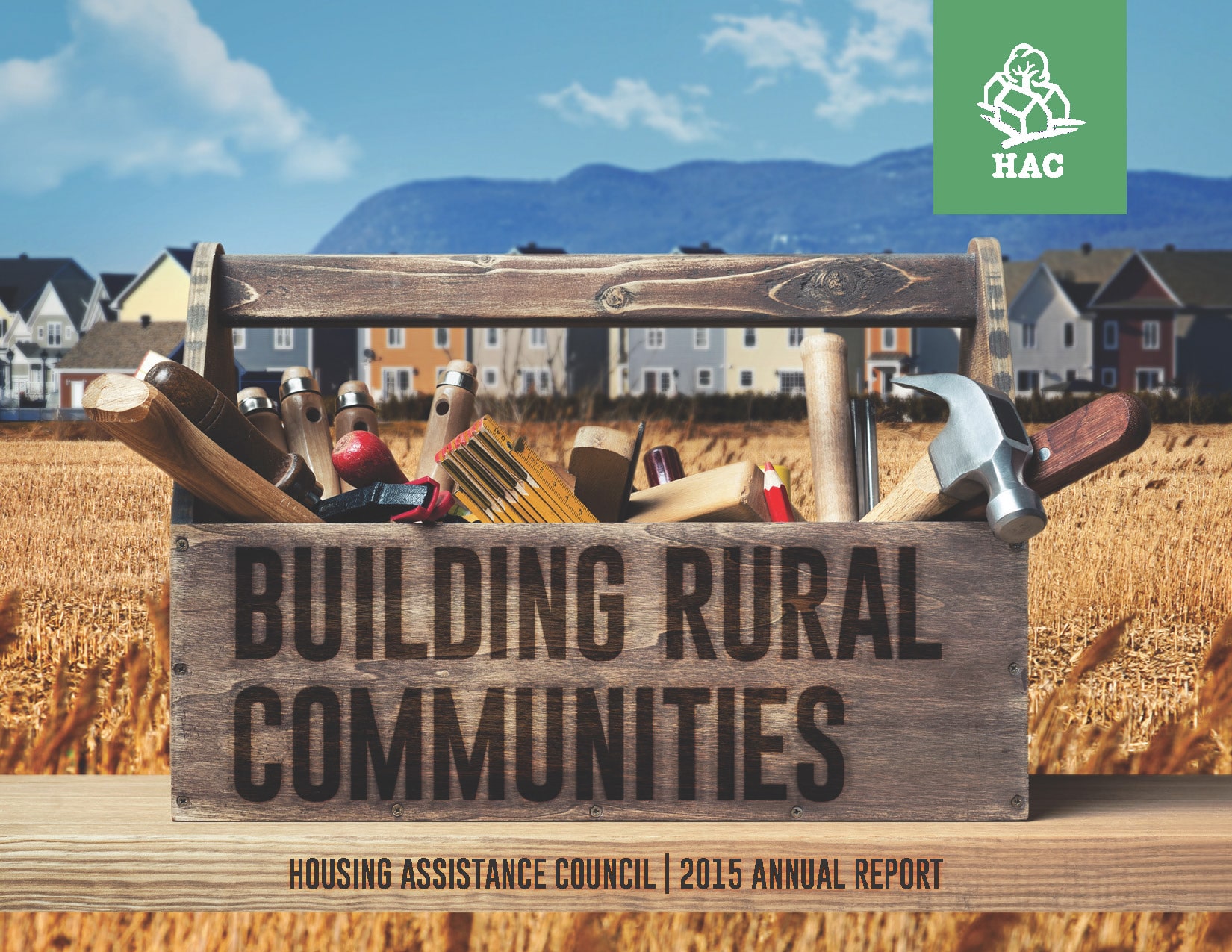HAC News Formats. pdf
June 1, 2016
Vol. 45, No. 10
• Senate committee approves FY17 USDA funding bill • HUD funding for FY17 passes House committee • Modest rental housing remains out of reach nationwide for minimum wage earners • RD encourages multifamily properties to offer summer meal program for kids • Permission restored for states to transfer unused Rental Assistance • YouthBuild funds available • RUS seeks comments on energy efficiency loans • Revisions to IHBG formula proposed • FHA offers changes to its reverse mortgage program • Report recommends better integration of health care and housing for seniors • Native CDFIs have helped improve access to capital and credit • Locations of new businesses show economic recovery weaker in rural America • HAC to hold webinar on VA home loan guaranty program
HAC News Formats. pdf
June 1, 2016
Vol. 45, No. 10
Senate committee approves FY17 USDA funding bill. S. 2956 funds most rural housing programs at their FY16 levels, and provides increases requested by the Administration’s budget for Sections 521, 542, and 538. It also raises Section 515 rental housing to $40 million, higher than either the budget or the House bill.The Committee’s report tells the department to work with others to find long-term solutions to rural rental housing issues, particularly maturing mortgages. To encourage nonprofits and PHAs to purchase USDA-financed rental housing, the bill provides returns on investment, increased asset management fees, and a $1 million pilot program offering technical assistance to purchasers. The bill also requires USDA to report quarterly on Rental Assistance use. Unlike the House bill (see HAC News, 4/20/16), the Senate’s version would not expand use of Section 542 vouchers to include tenants in properties whose mortgages mature. More details are posted on HAC’s website. [tdborder][/tdborder]
USDA Rural Dev. Prog.
(dollars in millions) |
FY16
Approp.
|
FY17 Budget Proposal
|
FY17 House Cmte. Bill (H.R. 5054)
|
FY17 Senate Cmte. Bill
(S. 2956)
|
|
502 Single Fam. Direct
Self-Help setaside
|
$900
5
|
$900
0
|
$1,000
5
|
$900
5
|
|
502 Single Family Guar.
|
24,000
|
24,000
|
24,000
|
24,000
|
|
504 VLI Repair Loans
|
26.3
|
26.3
|
26.3
|
26.3
|
|
504 VLI Repair Grants
|
28.7
|
28.7
|
28.7
|
28.7
|
|
515 Rental Hsg. Direct Lns.
|
28.4
|
33.1
|
35
|
40
|
|
514 Farm Labor Hsg. Lns.
|
23.9
|
23.9
|
23.9
|
23.9
|
|
516 Farm Labor Hsg. Grts.
|
8.3
|
8.3
|
8.3
|
8.3
|
|
521 Rental Assistance
|
1,390
|
1,405
|
1,405
|
1,405
|
|
523 Self-Help TA
|
27.5
|
18.5
|
30
|
27.5
|
|
533 Hsg. Prsrv. Grants
|
3.5
|
0
|
5
|
3.5
|
|
538 Rental Hsg. Guar.
|
150
|
230
|
200
|
230
|
|
Rental Prsrv. Demo. (MPR)
|
22
|
19.4
|
22
|
22
|
|
542 Rural Hsg. Vouchers
|
15
|
18
|
18
|
18
|
|
Rural Cmnty. Dev’t Init.
|
4
|
4
|
4
|
4
|
HUD funding for FY17 passes House committee. On May 24 the full House Appropriations Committee approved the Transportation-HUD bill summarized in the HAC News, 5/19/16.
Modest rental housing remains out of reach nationwide for minimum wage earners. Out of Reach 2016: No Refuge for Low Income Renters, by the National Low Income Housing Coalition, says there is no state, metropolitan area, or county in the U.S. where a full-time worker earning minimum wage can afford a two-bedroom apartment at HUD’s Fair Market Rent. An interactive map online provides data for states and localities.
RD encourages multifamily properties to offer summer meal program for kids. More information is available in an Unnumbered Letter dated May 10, 2016 and online.
Permission restored for states to transfer unused Rental Assistance. For a one-year trial, state directors will be allowed to reallocate unused RA within each state. RA lost to prepayment, foreclosure, or mortgage maturity will continue to be recaptured by the national office. Contact a USDA RD state office.
YouthBuild funds available. The Department of Labor offers YouthBuild grants to provide education, occupational skills training, and employment services to disadvantaged youth who serve their communities. Apply by July 6. Contact Kia Mason, DOL, 202-693-2606.
RUS seeks comments on energy efficiency loans. The new Rural Energy Savings Program will make loans to rural families and small businesses to implement cost-saving energy efficiency measures. The Rural Utilities Service asks for input by June 23 on measuring results and on providing technical assistance and training to entities carrying out RESP. Contact Titilayo Ogunyale, RUS, 202-720-0736.
Revisions to IHBG formula proposed. Comments are due August 1 on the Indian Housing Block Grant program allocation formula. The proposed changes reflect consensus decisions reached by HUD and the NAHASDA negotiated rule-making committee. Contact Randall R. Akers, HUD, 202-402-7598.
FHA offers changes to its reverse mortgage program. To reduce risks to its Mutual Mortgage Insurance Fund, FHA proposes to amend regulations to strengthen its Home Equity Conversion Mortgages. Comments are due July 18. Contact Karin Hill, HUD, 202-402-3084.
Report recommends better integration of health care and housing for seniors. Healthy Aging Begins at Home, published by the Bipartisan Policy Center’s Senior Health and Housing Task Force, examines the need for housing affordable to low-income seniors and for integrating health care and supportive services with housing. It recommends making ending senior homelessness a major national priority; investing in the Low Income Housing Tax Credit; establishing a new senior-supportive housing program; making federal regulatory policies more encouraging; engaging the private and nonprofit sectors more broadly; and adopting state and local land-use policies that promote a range of affordable housing options for their seniors.
Native CDFIs have helped improve access to capital and credit. Access to Capital and Credit in Native Communities, commissioned from the Native Nations Institute by the CDFI Fund, concludes there are better options today than in 2001, and finds the CDFI Fund’s Native programs have been critical sources of technical assistance and training in addition to capital. Native Communities still need additional capital and credit, however. To address the needs, the report identifies key strategies for Native communities and the federal government. A related data review will be released on the CDFI Fund’s site.
Locations of new businesses show economic recovery weaker in rural America. The New Map of Economic Growth and Recovery, published by the Economic Innovation Group, surveys the economic landscape emerging from the Great Recession and compares it to previous recovery periods. It finds fewer new businesses have been started, those that do start are concentrated in a smaller number of more populous counties, and counties driving the nation’s economic recoveries have shifted from smaller to larger ones. “Many communities will see fewer employment opportunities as a result,” the report states, “and depressed entrepreneurship will leave their local economies more vulnerable to the downsides of inevitable economic shifts to come.”
HAC to hold webinar on VA home loan guaranty program. “VA Housing Resources for Heroes: An In-depth Overview of the VA Home Loan Guaranty Benefit” is set for Wednesday, June 8, at 2:00 Eastern time. The webinar is free but registration is required. Contact Shonterria Charleston, HAC, 404-892-4824.



